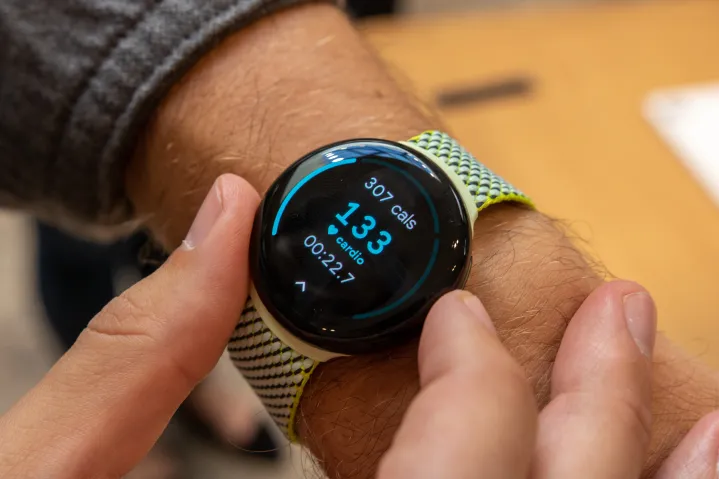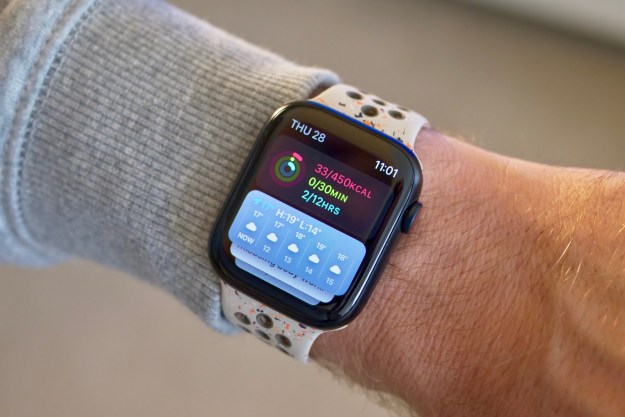The Pixel Watch is a solid first outing as Google’s debut smartwatch. However, it’s still lacking a handful of features that early adopters have been requesting that are found on similar devices. Luckily, today marks the start of the rollout of one frequently requested feature: fall detection.
Fall detection is a crucial health and safety feature that all smartwatches are better for having, and now the Pixel Watch is finally joining the ranks of the Apple Watch and the Galaxy Watch with its addition.

After the Pixel Watch launched last year without any fall detection features, fans were rightfully upset. For all of the health features it boasts, the
While it might seem a little trivial at first glance, fall detection is actually an incredibly important and potentially lifesaving health feature. Ever since fall detection became a common feature in flagship smartwatches, there have been countless reports of tit saving lives and aiding people who otherwise would have been left without help. Now that the Pixel Watch has it, users can finally breathe easy knowing that if they fall and can’t get back up again while away from their phone, they’ll be able to get the assistance they need.
Hopefully, the Pixel Watch is able to better justify its pricing now that its health and wellness features are starting to get on par with the rest of the devices on the market.
Take note that if you’re eager to get fall detection activated on your Pixel Watch, you may still need to wait for the update as it continues to roll out. Luckily, Google’s updates tend to roll out pretty quickly, so you won’t be waiting for long. To make sure your
Editors' Recommendations
- 5 smartwatches you should buy instead of the Google Pixel Watch 2
- This one Apple Fitness feature completely changed how I exercise
- Apple issues fix for ‘ghost touch’ problem on older Apple Watches
- Check your Google Pixel Watch right now for two new features
- Apple may stop updating one of its best Apple Watches this year



